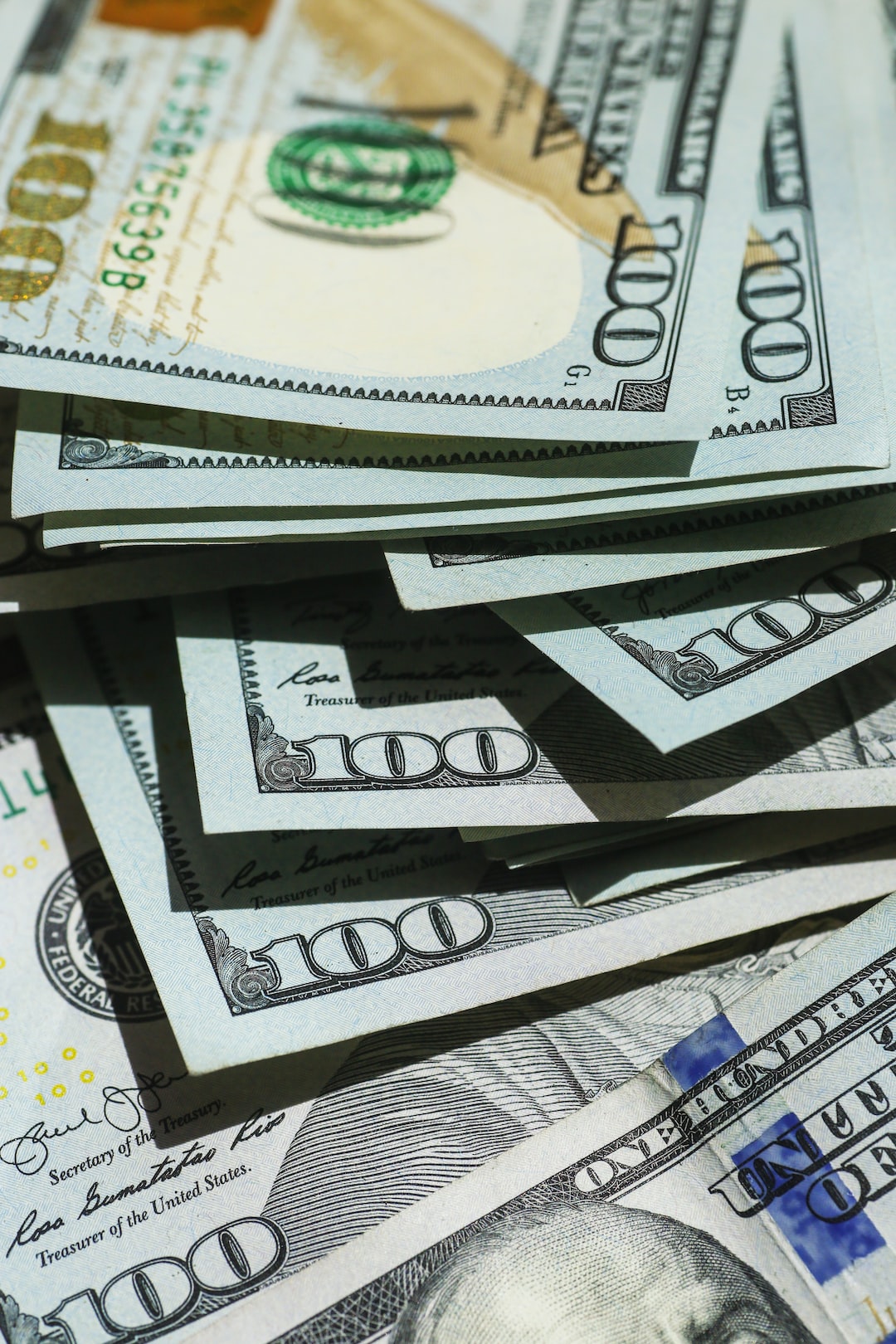Forex trading is one of the most popular forms of investment in the world. It involves the buying and selling of currencies in the global market, with the aim of making a profit from the fluctuations in exchange rates. One of the key tools used in Forex analysis is wave analysis. In this article, we will explore what wave analysis is and how to write waves in Forex trading.
What is Wave Analysis?
Wave analysis is a technical analysis tool used by traders to study the price movements of a currency pair. It is based on the theory that prices move in waves, which can be identified and analyzed to predict future price movements. The theory was developed by Ralph Nelson Elliott in the 1930s and is known as the Elliott Wave Principle.
According to the Elliott Wave Principle, the market moves in a series of five waves in the direction of the trend, followed by three corrective waves against the trend. These eight waves together form a complete cycle, which can then be used to predict future price movements.
The five waves in the direction of the trend are numbered 1, 2, 3, 4, and 5. The three corrective waves against the trend are numbered A, B, and C. Wave 1 and Wave A are the first waves in the cycle, while Wave 5 and Wave C are the final waves in the cycle.
How to Write Waves in Forex Trading
Writing waves in Forex trading involves identifying the eight waves in a cycle and labeling them correctly. This is usually done on a chart, which shows the price movements of the currency pair over a specific period of time.
To write waves, the trader needs to identify the trend and determine the points where the waves begin and end. The first wave in the cycle is usually the easiest to identify, as it marks the beginning of a new trend. It is labeled as Wave 1.
The second wave in the cycle is a corrective wave against the trend. It is labeled as Wave 2 and is usually shorter in length than Wave 1. Wave 2 is followed by Wave 3, which is the longest and strongest wave in the cycle. It is labeled as Wave 3 and is in the direction of the trend.
After Wave 3, there is a corrective wave labeled as Wave 4. Wave 4 is usually shorter in length than Wave 2 and is in the opposite direction of the trend. Wave 4 is followed by the final wave in the cycle, which is labeled as Wave 5. Wave 5 is in the direction of the trend and is usually shorter in length than Wave 3.
After Wave 5, there is another corrective wave labeled as Wave A. Wave A is in the opposite direction of the trend and is usually shorter in length than Wave 4. Wave A is followed by Wave B, which is a corrective wave in the direction of the trend. Wave B is usually shorter in length than Wave 2.
Finally, there is Wave C, which is the final wave in the cycle. It is a corrective wave against the trend and is usually longer in length than Wave A. Wave C marks the end of the cycle, and the trader can then start looking for the next cycle.
Conclusion
Wave analysis is a powerful tool in Forex trading, and it can help traders make better decisions by predicting future price movements. Writing waves involves identifying the eight waves in a cycle and labeling them correctly. It takes practice and experience to master wave analysis, but with time and dedication, traders can use this tool to improve their trading strategies and increase their profits.





